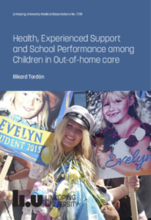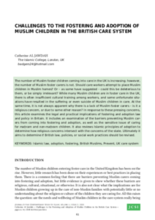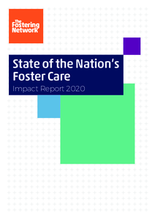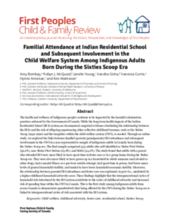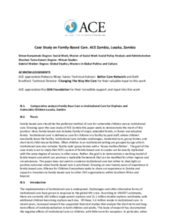Displaying 531 - 540 of 2209
This thesis aimed to explore health, abuse, support, and preconditions for school among children in out-of-home care (OHC) in Sweden and to assess changes after an intervention targeting foster children’s school performance.
This article examines the legal and practical implications of fostering and adoption law and policy in Britain. It includes an examination of the barriers preventing Muslim carers from coming into fostering and adoption, as well as the sensitive issue of caring for maḥram and non-maḥram children.
In this article the authors look for a suitable method which takes account of power relations while investigating young people's perspectives on their everyday lives.
This article explores changes in policy and practice in children’s services in the UK over the past 40 years and discusses the thinking that has underpinned them.
The Fostering Network's State of the Nation’s Foster Care survey is the largest survey of foster carers in the UK. This impact report lists the positive changes that have happened in the world of fostering since the publication of the State of the Nation 2019 report to the end of 2020.
Through an online study, the authors of this paper explored the links between familial (parents/grandparents) Indian Residential School (IRS) attendance and subsequent involvement in the child welfare system (CWS) in a non-representative sample of Indigenous adults in Canada born during the Sixties Scoop era.
The goal of this case study is to demonstrate a working model of family-based care in Zambia which can produce a replicable framework that can be modified for other regions and circumstances.
This paper examines the implications of trauma-informed care research recently carried out in Ireland.
This documentary features China’s first generation of foster children. These young people reveal how they moved on from life in orphanages to achieve success and their foster parents recall their battles to help them overcome prejudice and serious developmental difficulties. The documentary also tells the story of the founding of Care for Children, an organization that has placed almost a million Chinese children from orphanages with local foster families.
The Center for the Study of Social Policy (CSSP) and the University of Houston Graduate College of Social Work have collaborated to create the upEND movement, a grassroots advocacy network designed to tap into work already being done and spark new work that will ultimately create a society in which the forcible separation of children from their families is no longer an acceptable solution for families in need.

